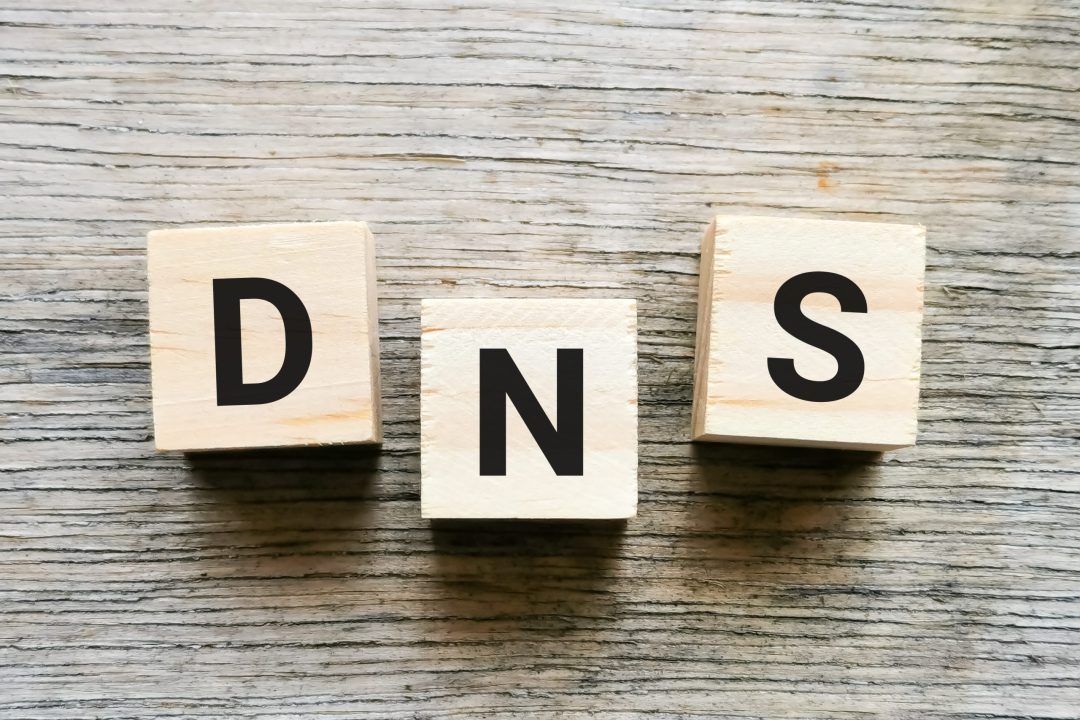
In the realm of website optimization and performance measurement, “on-page requests” is a term that’s often encountered but perhaps not always well-understood. For anyone aiming to enhance website speed, user experience, and overall performance, gaining a solid understanding of on-page requests is crucial. This article delves into what on-page requests are, why they matter, and how they impact a website’s performance.
1. What Are On-Page Requests?
In simple terms, on-page requests refer to the number of individual elements or resources a browser must load to fully display a webpage. Whenever you visit a website, the browser sends requests to the server to fetch various elements like images, scripts, stylesheets, and other assets. Each of these fetches is considered an on-page request.
2. Common Types of On-Page Requests
- HTML Requests: These are requests for the primary HTML document that structures the webpage.
- CSS Requests: For stylesheets that dictate the design and layout of a page.
- JavaScript Requests: Fetches for scripts that add interactivity and dynamic content.
- Image Requests: Any images, infographics, or visual content on a page.
- Font Requests: Custom fonts being loaded.
- Video and Audio Requests: Media elements embedded in the page.
- API or AJAX Requests: Calls to external servers or databases for data.
3. Why Do On-Page Requests Matter?
- Performance: The more requests a page has, the longer it may take to load, especially on slower connections or devices. This can adversely impact user experience.
- Resource Consumption: Each request consumes server resources. A high number of simultaneous requests can strain server resources.
- Browser Limitations: Browsers have limits to how many concurrent requests they can make to a single domain. Exceeding this can lead to delays.
4. How to Monitor On-Page Requests?
Developer Tools: Most modern browsers come equipped with developer tools. The ‘Network’ tab in these tools provides a detailed breakdown of every request made during a page load, including its size, type, and the time it took.
Web Performance Tools: Online tools like GTmetrix, Pingdom, and Google PageSpeed Insights offer insights into on-page requests and how they affect performance.
5. Optimizing On-Page Requests
Reducing the number of on-page requests is a key strategy in web performance optimization. Here are some steps to consider:
- Combine Files: If you have multiple CSS or JavaScript files, consider combining them into single files.
- Use Sprites: For small images or icons, sprites can combine multiple images into one, reducing the number of requests.
- Lazy Loading: Only load resources (like images) when they are needed or when they come into the viewport.
- Limit the Use of Custom Fonts: Only load the weights and styles you need.
- Utilize Content Delivery Networks (CDN): CDNs can quickly deliver resources from a location closer to the user, reducing the fetch time.
On-page requests play a pivotal role in determining a website’s speed and responsiveness. While they are fundamental to delivering a rich user experience, it’s essential to manage and optimize them effectively to ensure a seamless and fast web experience. As the web continues to evolve, understanding and addressing on-page requests will remain a cornerstone of web optimization endeavors.





